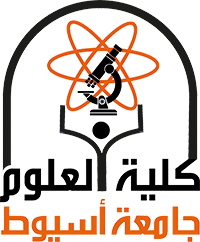In this work, we synthesized new 5, 6, 7, 8-tetrahydroisoquinolines and 6, 7, 8, 9-tetrahydrothieno[2, 3-c]isoquinolines derivatives, and the structures of these new compounds were confirmed with different spectroscopic techniques. Furthermore, the anticancer activities of these compounds were assessed against eight tumor cell lines and one normal human skin fibroblast cell line (HSF). Subsequently, IC50 values of the synthesized compounds were determined for two specific cancer cell lines. Compound 3 exhibited the most potent antiproliferative activity against the HEPG2 cell line, whereas compound 9c demonstrated superior efficacy against the HCT116 cell line. Moreover, the mechanism of action for compound 3 on HEPG2 cells using flow cytometry and Annexin V-FITC apoptosis analysis was studied. Compound 3 caused cell cycle arrest at the G2/M with a 50-fold increase in apoptosis of the HEPG2 cell line. Finally, a molecular docking study was conducted to assess the inhibitory potential of compounds 3 and 7 against the RET enzyme. Results indicated that compounds 3 and 7 bind to the RET enzyme with binding energies of −5.2 and −5.6 kcal/mol, respectively. Although these values suggest inhibitory activity, they are less potent than the standard inhibitor, alectinib, which exhibits a binding energy of −7.2 kcal/mol.
Research Abstract
Research Date
Research Department
Research Journal
Chemistry & Biodiversity
Research Member
Research Publisher
Wiley
Research Rank
Q3
Research Vol
22
Research Website
https://onlinelibrary.wiley.com/doi/10.1002/cbdv.202402758
Research Year
2024
Research Pages
e202402758

